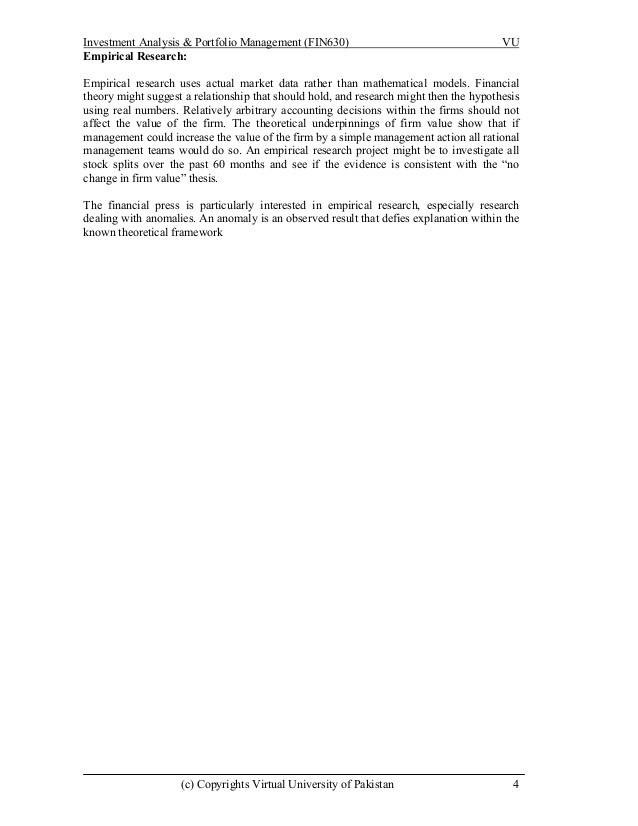Journal of Asset Management Abstract of article Approximating the numeraire portfolio by naive
Post on: 16 Март, 2015 No Comment

Journal of Asset Management (2012) 13, 34–50. doi:10.1057/jam.2011.36; published online 22 December 2011
Approximating the numéraire portfolio by naive diversification
Eckhard Platen 1 and Renata Rendek 2
Correspondence: Eckhard Platen, University of Technology Sydney, PO Box 123, Broadway, NSW 2007, Australia. E-mail: Eckhard.Platen@uts.edu.au
1 holds the Chair in Quantitative Finance at the University of Technology, Sydney. Before this appointment, he was the Founding Head of the Centre for Financial Mathematics at the Institute of Advanced Studies at the Australian National University and is Adjunct Professor of this University. He has a PhD in Mathematics from the Technical University in Dresden and obtained his Dr Sc from the Academy of Sciences in Berlin, where he was heading the Sector Stochastics at the Weierstrass Institute. He is co-author of three leading books on numerical methods for stochastic differential equations and a book on his innovative benchmark approach at Springer Verlag, the latter highly relevant to quantitative investing. He has authored more than 150 papers in finance, insurance and applied mathematics and serves on the editorial boards of five international journals including Mathematical Finance and Quantitative Finance. His current research interests cover areas ranging from quantitative investing, financial market modelling, portfolio optimization, insurance, pension modelling, long-term derivative pricing and dynamic risk analysis to numerical methods in finance and insurance.
2 is a PhD candidate in Mathematics at the University of Technology, Sydney. She received her Graduate Diploma in Mathematics and Finance (2005) and MSc in Mathematics (2007) from the University of Technology, Sydney. Before this, she completed 4 years of the Master Degree of Applied Mathematics in AGH University of Science and Technology in Krakow, Poland. She wrote her MSc thesis on Boundary Crossing Problems in Insurance and is currently working on her PhD thesis on Modelling Diversified Equity Indices. Subjects of her published papers include exact scenario simulation, filtering, distribution of log-returns and dependency in currency denominations of a world stock index. Her current research is focused on modelling of financial markets.

Received 20 October 2011; Revised 20 October 2011; Published online 22 December 2011.
Abstract
Estimation theory has shown, owing to the limited estimation window available for real asset data, that the sample-based Markowitz mean-variance approach produces unreliable weights that fluctuate substantially over time. This article proposes an alternate approach to portfolio optimization, being the use of naive diversification to approximate the numéraire portfolio (NP). The NP is the strictly positive portfolio that, when used as benchmark, makes all benchmarked non-negative portfolios either mean decreasing or trendless. Furthermore, it maximizes expected logarithmic utility and outperforms any other strictly positive portfolio in the long run. The article proves for a well-securitized market that the naive equal value-weighted portfolio converges to the NP when the number of constituents tends to infinity. This result is model independent and, therefore, very robust. The systematic construction of diversified stock indices by naive diversification from real data is demonstrated. Even when taking transaction costs into account, these indices significantly outperform the corresponding market capitalization-weighted indices in the long run, indicating empirically their asymptotic proximity to the NP. Finally, in the time of financial crisis, a large equi-weighted fund carrying the investments of major pension funds and insurance companies would provide important liquidity. It would not only dampen the drawdown of a crisis, but would also moderate the excesses of an asset price bubble.














